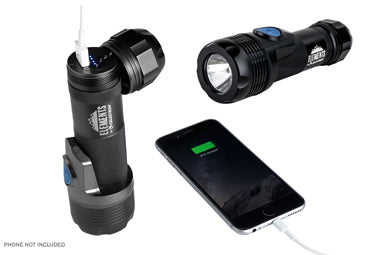How do I use my spotting scope for photography/digiscoping?
November 18, 2008
Your spotting scope doubles as a telephoto lens and can be used in several ways to take photographs of terrestrial and even celestial objects.
Celestron’s Ultima spotting scopes have a T-adapter built-in to the eyepiece. Just slip off the eyecup to expose the T-threads. (Don't unscrew the eyecup as that will remove a ring that exposes the wrong set of threads.) The threads on the T-adapter will fit into all T-rings. (The Ultima 65 has a small ring that fits over these threads that then fits into a T-ring.) Since each brand of camera has its own specific thread size or bayonet type, you need to get the proper T-ring: Canon has its own T-rings (two of them), Nikon has its own T-rings, Minolta has their own specific rings, and so on. Any camera store will have T-rings for the most popular makes.
The Regal F-ED scopes have eyecups that screw off, exposing threads to fit a special T-adapter included with the scopes. Your camera's T-ring will then fit onto these T-threads.
Attach the T-ring to your camera, then the combination to the scope. Add a shutter release and the camera is now ready for photography. Use low-power eyepiece zoom for the lowest f/ratio and bright images. You may see some vignetting. Zoom to higher powers for a larger, dimmer image and higher f/ratio with less vignetting.
Other spotting scopes can use a Celestron T-Adapter and T-ring with your SLR-type camera for photography. These scopes include the C90, C130, Onyx 80EDF and C5. A T-adapter with a 1-1/4” eyepiece barrel is very versatile and will slip into the eyepiece drawtube of spotters with 1.25 in drawtubes.
Another way is to use a point-and-shoot digital camera with the universal digital camera adapter for digiscoping. This will work with any spotting scope. Here the camera is held by the adapter behind the scope’s eyepiece. Attach the adapter’s clamp to the eyepiece assembly, then the camera to the platform on the adapter. You will have to make adjustments to the universal camera adapter to properly position the camera lens in the emerging light beam from the eyepiece and focus it. This is easy to see with the camera’s preview screen. Try different eyepieces and/or zoom settings of the camera and eyepiece to get the view you want.
For astrophotography, you are limited only by the lack of tracking for your tripod-mounted spotting scope. Tracking may not be needed for very short exposures of the sun, moon and planets.
Updated 12/18/13

























